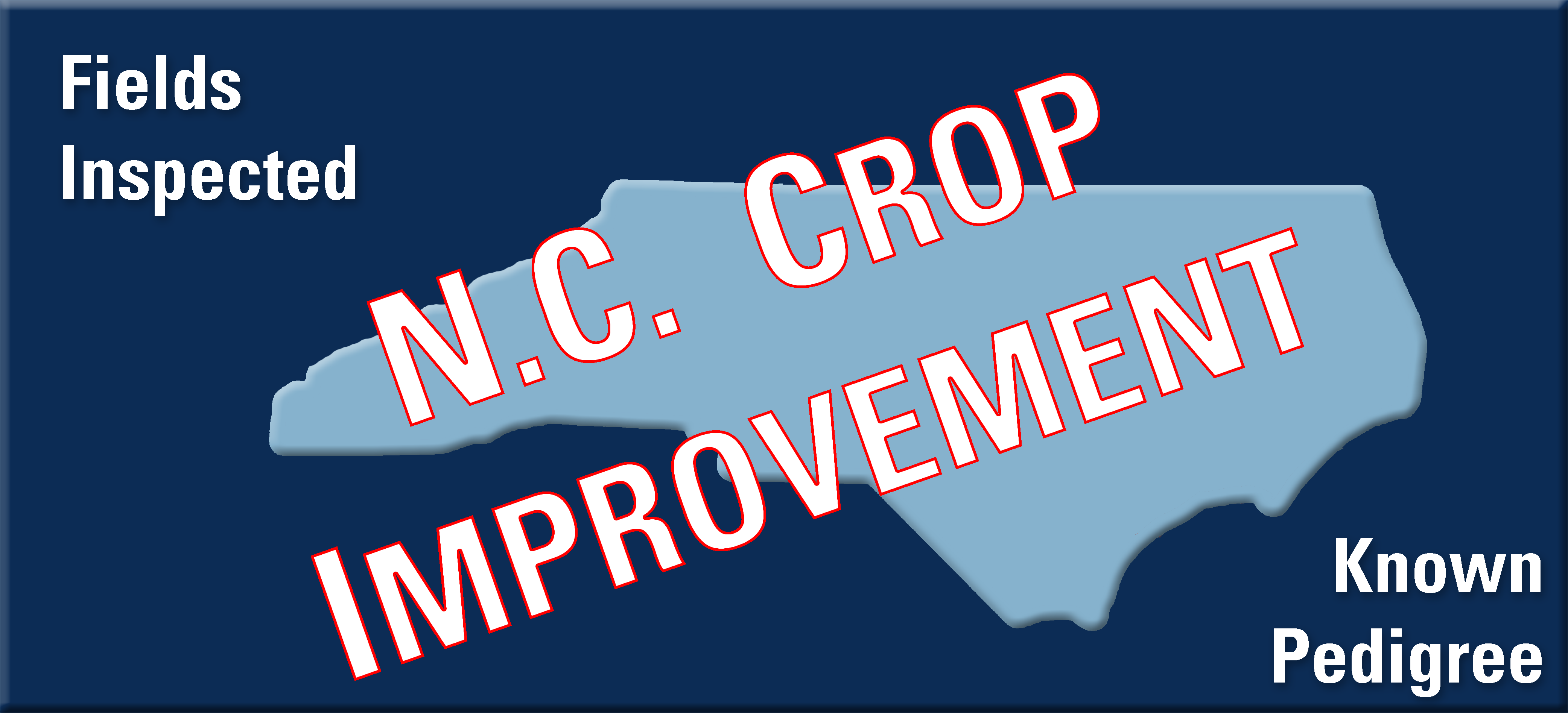Barley
Varieties
|
AVALON is a 2-row malt barley. It is the first malt barley released from Virginia Tech’s Small Grain Breeding Program. Avalon has excellent malt score and favor profile. It is a constant yielding variety, especially under continental climate conditions. It has very good grading and straw stiffness. This variety has good resistance against major leaf diseases, especially against brown rust.
|
|
LCS VIOLETTA was released by and licensed by Limagrain Cereal Seeds. It is a two row winter barley. It is a short stature plant height (averages 31.4 inches), an early maturing with green leaves at boot. Flag leaf is erect and twisted at boot. Auricle color is white, with straight, long, rough awns. LCS Violetta was selected for its malting quality, earliness, winter hardiness and resistance to Barley Yellow Mosaic Virus. LCS Violetta also showed excellent tolerance to leaf rust, powdery mildew, and net blotch. It is adapted for the Pacific Northwest and the Eastern Seaboard of the US. Licensed to produce seed through Limagrain Cereal Seeds and no farmer saved seed allowed; Community Plant Variety Rights
|
|
NOMINI was released by the Virginia Agricultural Experiment Station. It is an early maturing, medium tall, high yielding six-row winter barley with compact spikes. It is resistant to powdery mildew, Septoria, and barley yellow dwarf virus. Nomini is moderately susceptible to leaf rust and is not very winter hardy.
|
|
SECRETARIAT is a high-yield, high test weight, moderately early heading, short stature, six-row winter barley having good winter hardiness. The spikes of Secretariat are erect, strap, and slightly waxy with no overlapping lateral kernels and short awns. It is a potential commodity for feed, food, and fuel ethanol production. Grain of Secretariat is superior overall to those of many hulled varieties. It is resistant to all of the prevalent diseases in the eastern US except for Fusarium head blight.
|
|
VT BEAHM is a six-row, medium-tall, moderately early heading winter awnless hulled barley having good forage yield potential with high to moderate resistance to leaf rust, net blotch, and Fusarium head blight and low Deoxynivalenol (DON) accumulation. The juvenile growth of VT Beahm is erect, flag leaves are upright and waxy at the booting stage, leaf sheaths and stems are glabrous, and anthocyanin is absent in leaves or stems. The stems have four nodes, closed collars, “straight” peduncles and an exertion of 10 to 15 cm above the base of the flag leaf blade. The six-rowed spikes of VT Beahm are erect, dense, strap, and slightly waxy with no overlapping lateral kernels. The rachis is covered with short hairs. Glume is half of the lemma, with short hairs, and their awns are rough and more than or equal to length of glumes. The lemma awn surfaces are rough and awnless, but in some environments, awnletted on central rows, awnless on lateral rows. The basal marking of the lemma is a slight crease. The rachilla hairs are long. Kernel are covered, short to mid-long with a colorless aleurone with hair absent on the ventral furrow. VT Beahm has winter growth habit; it requires vernalization and has sufficient low temperature tolerance for production in the areas tested. Average plant height of VT Beahm (99 cm) in Virginia is significantly taller than those of cultivars (Nomini, Secretariat, Thoroughbred, and Flavia).
|
|


